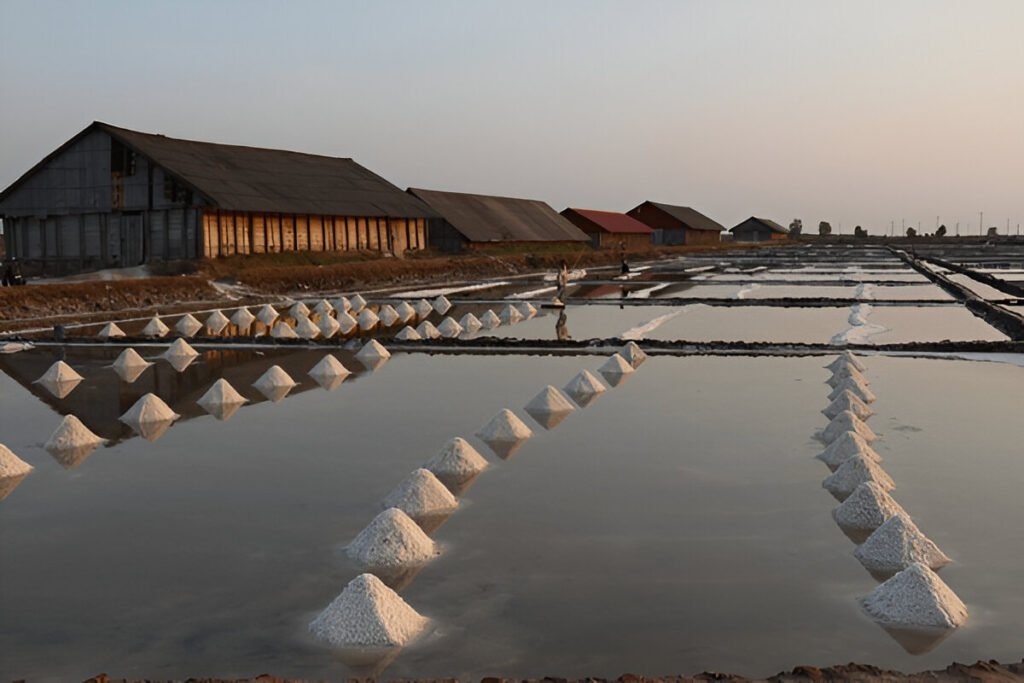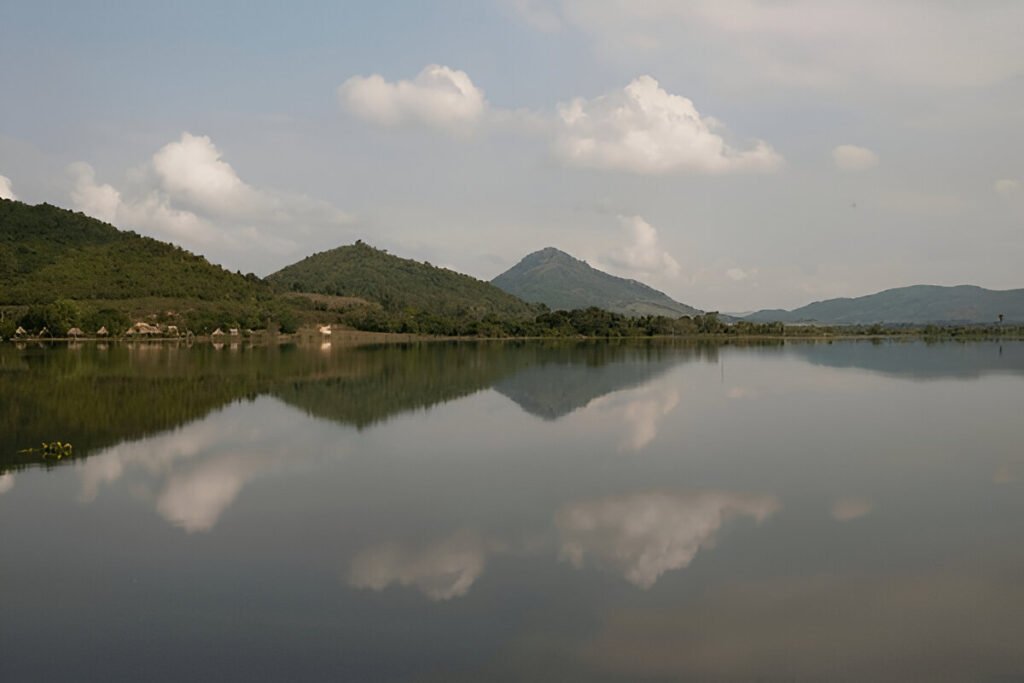Introduction:
The city of Kobe, located in the Hyogo Prefecture of Japan, is home to a unique spot of historical and cultural significance – the Kobe Earthquake Memorial Museum. This compelling destination is a must-see for those who wish to grasp a deeper understanding of the resilience and fortitude of the people of Kobe. The museum stands as a solemn reminder of the devastating Great Hanshin earthquake of 1995 and is a testament to the city’s inspiring journey of recovery and rebuilding.
Unveiling the Story of Kobe: A City Rising from the Ashes
The museum tells the moving story of the 1995 earthquake, also known as the Great Hanshin-Awaji earthquake, that killed over 6,000 people and destroyed much of the city. Through a series of interactive exhibits, visitors can learn about the disaster, its aftermath, and how the city undertook the monumental task of rebuilding itself from the ruins. The museum provides an in-depth understanding of the natural disaster, detailing its causes, effects, and the city’s response to it.
In addition, the Kobe Earthquake Memorial Museum features an impressive array of multimedia presentations and 3D models that vividly illustrate the devastation caused by the earthquake. Simulations of the tremors offer guests a realistic experience of the terror that was felt during the disaster. Despite the harrowing nature of the subject matter, the museum manages to convey a message of hope and resilience, showing how the people of Kobe came together to rebuild their city and their lives after the catastrophe.
Honoring the Past and Celebrating Resilience at the Kobe Earthquake Memorial Museum
The Kobe Earthquake Memorial Museum not only pays tribute to the victims of the disaster but also shines a light on the indomitable spirit of the people of Kobe. Displays and exhibits recounting personal stories of survival and recovery from the disaster are particularly moving, highlighting the strength and resilience that emerged in the face of such adversity. The museum also houses a research center dedicated to the study and prevention of earthquakes, contributing to the safety and preparedness of other regions.
Visitors have the opportunity to immerse themselves in the local culture and history, understanding the transformative impact of the disaster on the city and its inhabitants. The museum also hosts regular lectures and workshops aimed at promoting disaster education and preparedness. Through these events, guests can gain a deeper appreciation for the resilience of Kobe and learn valuable lessons about disaster preparedness and response.
Local Tips:
The museum can be quite heavy with emotions, so it’s best to be prepared for a sobering experience. Some sections of the museum have information in English, but bringing a Japanese interpreter might enhance your understanding of certain exhibits. The best time to visit is during the weekdays when it’s less crowded. Dress comfortably, as there are many exhibits to explore.
How to Get There:
Kobe Earthquake Memorial Museum is easily reachable by public transportation. From JR Sannomiya Station, take the subway to Shin-Nagata Station. From there, it’s just a short walk to the museum. The travel time from major cities like Osaka and Kyoto is approximately an hour by train.
Nearby Attractions:
After your visit to the museum, you might want to explore the nearby attractions. Kobe Harborland, a shopping and entertainment district with a spectacular night view of the port, is a great place to unwind. The Nunobiki Herb Garden, accessible by ropeway, offers beautiful landscapes and a variety of herbs and flowers to admire.
Conclusion:
Visiting the Kobe Earthquake Memorial Museum is a profoundly moving experience. It’s not just a museum but a rich tapestry of personal narratives, scientific information, and lessons on resilience in the face of adversity. Through its exhibits and events, the museum helps visitors understand the tragedy of the earthquake and the triumph of a city determined to rise from the ashes. It stands as a reminder that even in our darkest moments, hope and resilience prevail.






